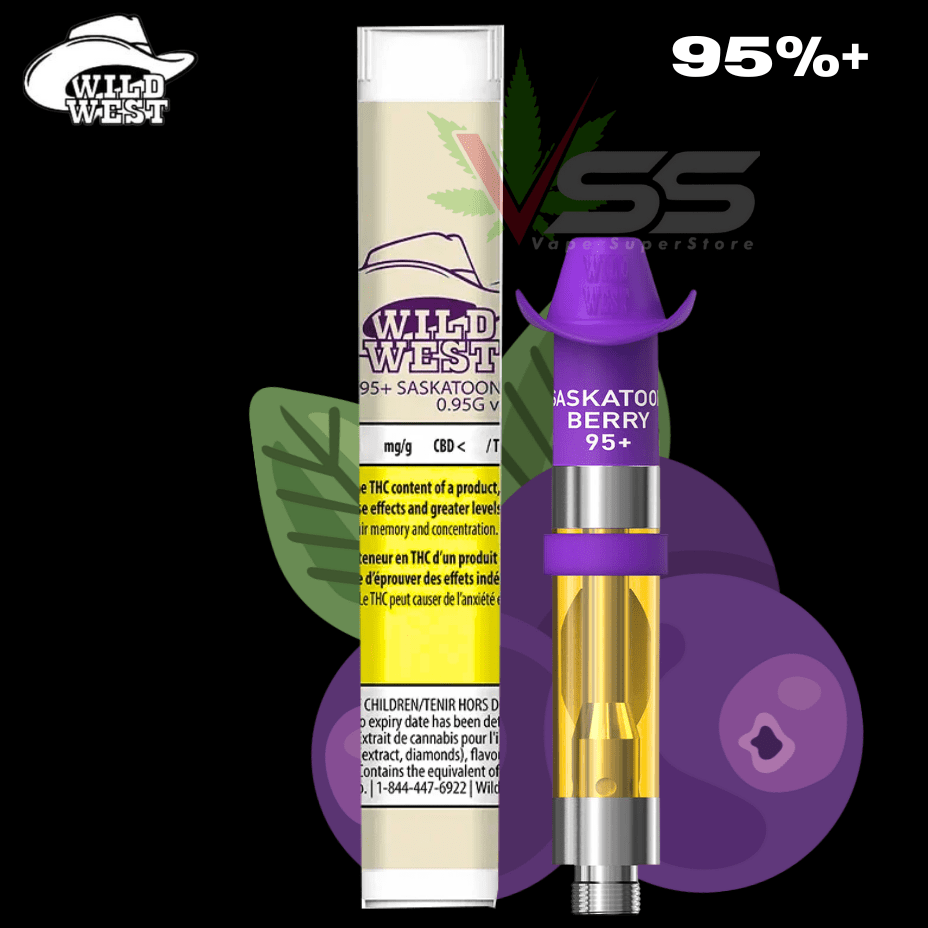A Deep Dive Into Terpenes
Here is a more detailed list of terpenes, including how they smell or taste.
Myrcene
The most common terpene found in cannabis, myrcene imparts an earthy essence that’s full of herbs and cloves. Myrcene is also found in mangoes and herbs such as basil, lemongrass, and thyme. It’s the terpene responsible for marijuana’s sedative “couch-lock” effects (effects that are more noticeable in cannabis strains with myrcene levels of 0.5% and higher). It’s also known for its anti-inflammatory and analgesic affects.
There is some speculation that myrcene increases the absorption and activation of THC. Internet rumors suggest that eating a mango 45 minutes before using marijuana can boost the effects of the THC. There are no studies to prove this, however. Myrcene has a boiling point of 332°F (167°C).
Linalool
If linalool has a floral, lavender-like fragrance, that’s probably because in addition to the cannabis plant, it’s also found in lavender. Anyone familiar with lavender essential oil will be extremely familiar with the many benefits of linalool; they include anti-inflammatory, anti-anxiety, and analgesic properties. There are also studies investigating the use of linalool in the treatment of conditions neurodegenerative such as Alzheimer’s disease. Its boiling point is 388°F (198°C).
Terpinolene
Like linalool, terpinolene relaxes with its gently sweet floral fragrance, but it also imparts herbal and woody notes. This terpene is an excellent sedative, as well as being antibacterial and having antioxidant properties. Besides cannabis, terpinolene is found in nutmeg, cumin, apples, conifers, and lilacs. This terpene has a boiling point of 122°F (50°C).
Humulene
Known for its anti-inflammatory properties, humulene gives off a soothing earthy, woody scent. This terpene can also be found in coriander, cloves, and basil, as well as in hops. Its boiling point is 222°F (106°C).
Ocimene
A cannabis terpene that combines floral and herbal aromas with that of pine, ocimene is excellent at combatting intruders such as viruses and bacteria. It also works as a decongestant. It’s found in mint, basil, and parsley, as well as in pepper and mangoes. The boiling point of ocimene is 122°F (50°C).
Caryophyllene
Any cannabis strain that has a heavy spicy scent and flavor likely has potent amounts of caryophyllene in it. This terpene is found in black pepper, cinnamon, and cloves, and as expected, it imparts lots of spice with its peppery, woody, and clove-heavy aroma. Caryophyllene is good for easing anxiety and stress, as well as quelling pain. Its boring point is 266°F (130°C).
Guaiol
Valued for its anti-inflammatory and antimicrobial properties, guaiol has a definite piney aroma that draws comparisons to pinene (which is fitting as it’s also found in cypress pines). It’s also an effective insecticide. Unlike pinene, guaiol is not an oil; rather, it’s a sesquiterpenoid alcohol. Its boiling point is 197°F (92°C).
Limonene
Famous for its citrusy flavor and scent, limonene is also found in fruit rinds, as well as in peppermint, juniper, and rosemary. It has anti-anxiety, anti-depressant, and anti-tumor properties, as well as being an anti-inflammatory and analgesic. The boiling point of limonene is 348°F (176°C).
Pinene
As may be guessed by its name, pinene is most commonly found in pine needles and imparts a definitive pine aroma. It’s also present in herbs such as rosemary, parsley, dill, and basil. Pinene can be used to lessen some of the effects of THC. It also has analgesic, anti-anxiety, anti-inflammatory, and anti-tumor effects, as well as being excellent at treating asthma. Its boiling point is 311°F (155°C).
Bisabolol
Also found in chamomile, bisabolol has a sweet, floral aroma that makes it a light and gentle addition to the lineup of marijuana terpenes. It has anti-inflammatory and analgesic properties that make it excellent for pain relief. It’s also an anti-microbial, as well as an antioxidant. The boiling point of bisabolol is 307°F (153°C).
Camphene
Also commonly found in strongly-scented substances such as camphor oil, turpentine, as well as ginger and citronella, camphene imparts a scent that contains both fir needles and a woody essence. Studies suggest that it may be helpful at controlling cholesterol. Its boiling point is 318°F (159°C).
Geraniol
If the sweet, floral scent of geraniol is reminiscent of geraniums, that’s because this terpene is also found in that kind of flower. This makes it one of the more popular terpenes for use in cosmetics and bath products. Among its many benefits, geraniol is neuroprotective, as well as having anti-tumor, antioxidant, antibacterial, and anti-viral properties. The boiling point of geraniol is 446°F (230°C).
Valencene
As valencene is found in Valencia oranges, it’s unsurprising that it has a citrusy scent. An excellent anti-inflammatory, it’s also been proven to be effective at repelling insects. Valencene’s boiling is 253°F (123°C).
Terpineol
Terpineol is a marijuana terpene frequently found in strains with high levels of pinene, and it shares pinene’s fresh, piney scent. It can be found in a diverse variety of trees and plants that run from pine trees and eucalyptus sap to lilac flowers. Some of its therapeutic properties include anti-inflammatory, anti-tumor, and antibiotic effects. It’s also a calming treatment for anxiety. It boils at 426°F (219°C).
Pulegone
Pulegone is known for its peppermint aroma and is found most abundantly in rosemary. It’s been studied for its fever-reducing and sedative properties. Pulegone can facilitate communication between nerve cells in the brain by breaking down the chemical acetylcholine. It’s also good for counteracting the short-term memory loss that frequently comes with THC ingestion. The boiling point of pulegone is 433°F (223°C).
Sabinene
Valued for its anti-inflammatory, antioxidant, and anti-fungal properties, sabinene has a citrusy, spicy aroma with notes of pine. Besides cannabis, it’s found in black pepper, basil, Norway spruce, and Myristica fragrant trees (the trees from which nutmeg seeds are produced). The boiling point of sabinene 325°F (163°C).





Leave a comment